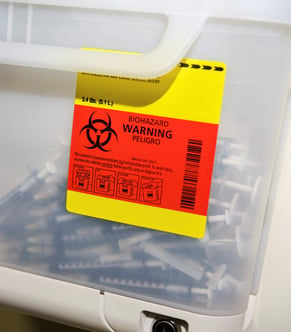It can also deliver antibiotics – offering hope of battling superbugs with oral medications.
For patients and physicians, taking treatments by mouth is most desirable. Swallowing is safer, more convenient and less invasive.
But the drugs often cannot withstand stomach acids before unleashing their payloads for the intended effects. The degradation makes them less effective.The capsule, called RoboCap, could revolutionise therapy. In a swine model, it increased permeability for insulin more than tenfold.
Similar results were seen for vancomycin – an antibiotic that is usually delivered intravenously.
Lead author Dr Giovanni Traverso, of Massachusetts Institute of Technology (MIT) in the US, said: ‘Peptides and proteins are important drugs.
‘But the degradative environment of the gastrointestinal tract and poor absorption has limited the ability to deliver these drugs orally.’
About the size of a blueberry, the inexpensive device is made from biodegradable polymer and stainless steel components.
It makes it through the harsh environment of the stomach, resisting attacks from enzymes and penetrating the small intestine’s mucus barrier and other obstacles.
Currently, many common drugs including insulin must be delivered through other means.
Dr Traverso said: ‘When ingested, RoboCap’s gelatinous coating is dissolved in the stomach.
‘The environment of the small intestine activates RoboCap, which vibrates and rotates to clear mucus, enhance mixing and deposit the drug payload in the small intestine where the drug is likely to be absorbed.

